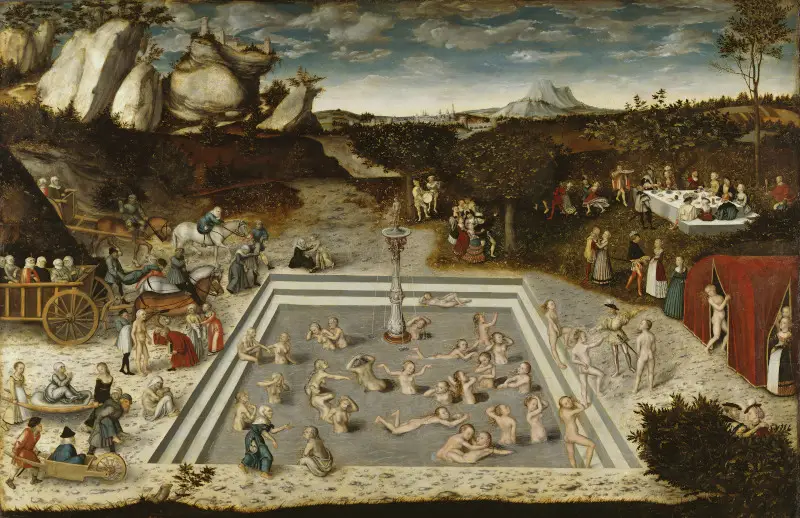Renaissance artists remain amongst the most famous in the world, despite having delivered their groundbreaking work many centuries ago. Here we examine the impact made by famous Italian and Northern Renaissance artists.
The Renaissance was a period of great innovation within the arts, lasting from the 14th to 16th century. It was centered in two main hubs, namely Italy and Northern Europe, but over time would spread all across the rest of the continent. It would also go further beyond visual arts, taking in architecture, literature and philosophy.
Its impact on the direction of European art was so considerable that many regard it as the most important European art movement to date, and its main contributors continue to be held in high regard, as do the highlights from their careers. This article examines each and every aspect of the impact made by Renaissance artists, including the technical innovations made by the likes of Leonardo, Da Vinci, Donatello and Raphael.
The Birth of the Renaissance Era: An Overview of Artistic and Cultural Developments
The birth of the Renaissance heralded a number of advancements within the visual arts. New genres would start to appear, alongside new artistic techniques. There would also now be a wider range of donors, giving different opportunities to the artists of the day. A number of art schools would also appear across Italy that had their own unique approaches, with the best ideas being spread across the country by artists travelling from one region to the next.
Their appeared to be a greater connection between art and humanity, as well as nature itself. Art was no-longer only preserved for divine subjects, but mere mortals could feature in beautifully polished portraits. Art started to resemble reality much more too, with perspective and facial features within Italian art being far more accurate as compared to the art of the Middle Ages. Whilst the Italian Renaissance was in full swing, we would also see impressive innovations in Northern Europe too, including the first signs of the use of oils, which would later dominate the entire continent.
Famous Renaissance Artists: A Guide to Their Masterpieces and Legacy
There were many famous Renaissance artists, spread across the various phases of the Italian and Northern Renaissance, and also covering a range of different disciplines, such as painting, drawing, sculpture and architecture. The selection below lists out the most famous names to have come from these two regions, covering a span of over two centuries, leading from the early stages of the Proto-Renaissance, moving all the way through to the final stages of the Renaissance era.
Giotto
Giotto di Bondone was a key early contributor to the Renaissance movement and specialised in fresco art. He focused mainly on scenes from the Bible and is respected for his use of bright color, as well as his more advanced handling of perspective than had been seen in the past. His work in the Scrovegni Chapel (including Lamentation) marked his pinnacle as an artist and these delicate, fragile pieces have been well preserved up to the present day.
Another advancement made by Giotto was in his accurate depiction of facial features within his portraits which were considerably more lifelike. Many of his techniques would be continued by the next generation of Italian artists which led into the more famous periods of the Renaissance, and his ideas would be further evolved over time.
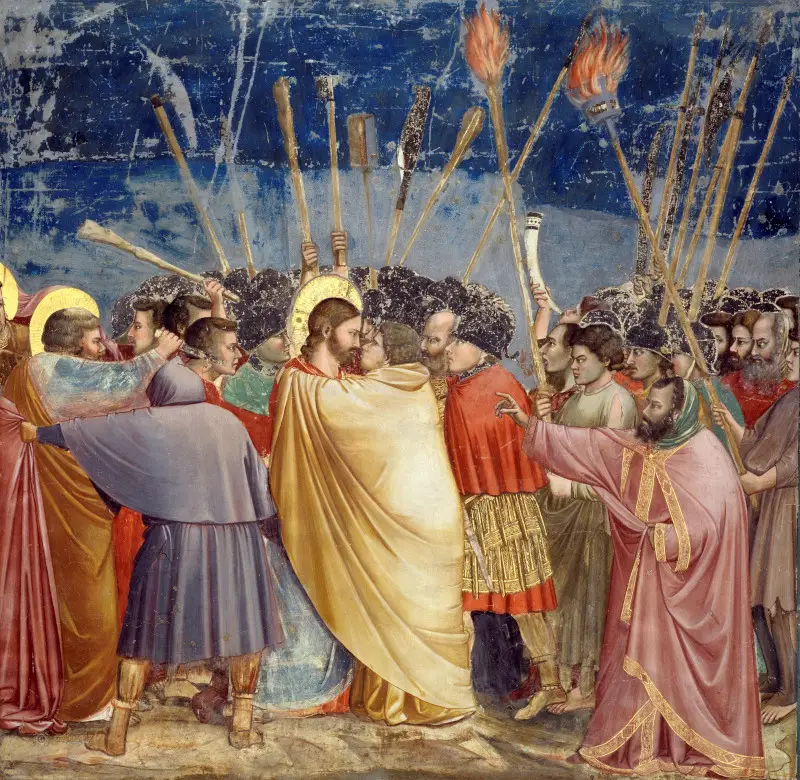 Famous Renaissance Artist - Giotto
Famous Renaissance Artist - Giotto
Donatello
Donatello was the leading Renaissance sculptor, making use of a variety of materials to help shape the Renaissance sculpture style. He was heavily influenced by classical sculpture but appended his own ideas, moving around Italy to take on a large number of commissions across his lifetime. He also helped to continue artistic teachings down the generations, with other contributors including Brunelleschi, Ghiberti and Michelangelo.
The sculptor was born in 1386, which comes very early in the era of the Renaissance. He therefore played a pivotal role in shaping its contribution to sculpture, with the mantle later taken on by Michelangelo into the 16th century. Both would famously capture David within their careers, with several different interpretations providing highlights within their respective oeuvres.
Leonardo da Vinci
Leonardo da Vinci evolved painting to a new level, with incredibly realistic portraits that made use of complex layers of paint. His handling of light and shading also helped to provide a precision which immediately marked him out as a Renaissance master. Naturally, his Mona Lisa was the result of this slow progression as an artist over time.
Besides Leonardo's paintings, his inventive designs also have attracted considerable interest. Some have these have since been developed and turned into working prototypes, whilst others bear similarities with modern products. He continued to spread his knowledge and ability into as much different disciplines as possible until his death.
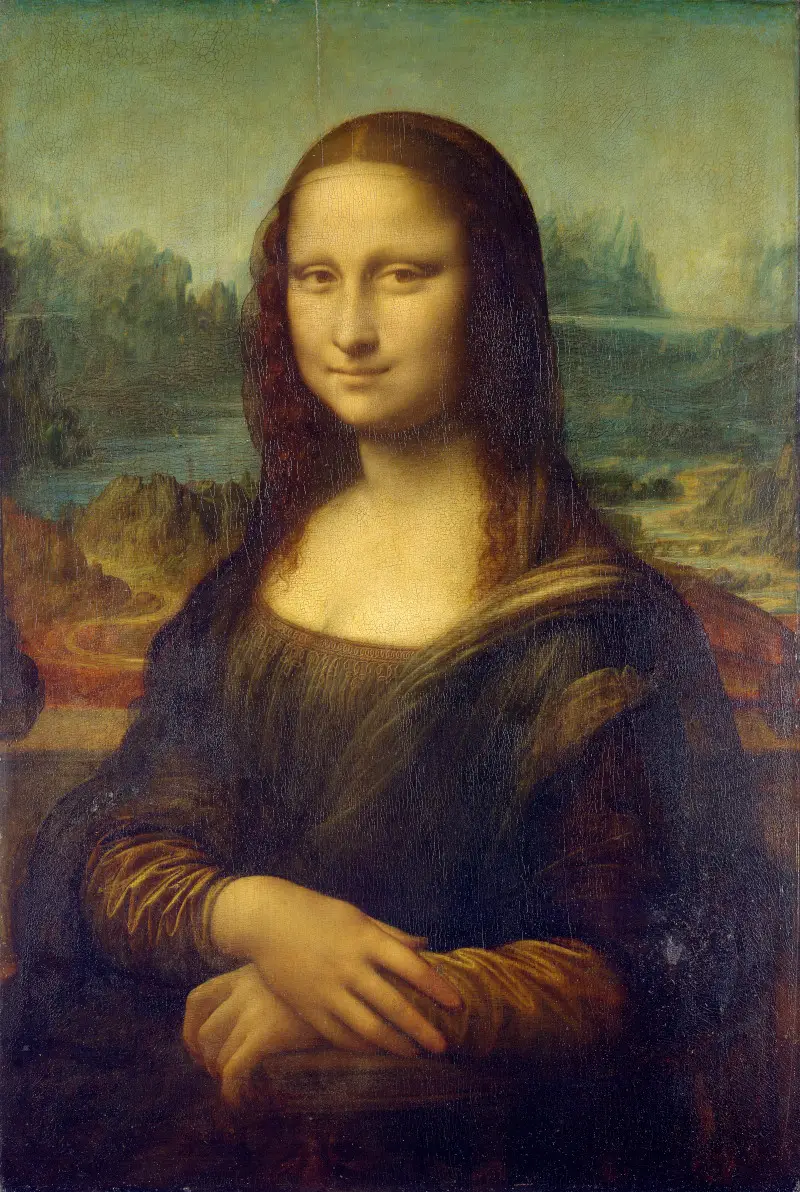 Famous Renaissance Artist - Leonardo da Vinci
Famous Renaissance Artist - Leonardo da Vinci
Michelangelo
Michelangelo impressed across multiple disciplines, helping him to become known as the Renaissance Man. His David and Pieta were sculptural masterpieces, whilst he also successfully completed a complex mural across the ceiling of the Sistine Chapel. He was famously arrogant and hard to work with, but his talent was so extraordinary that donors were willing to accept his unruly character and provide Michelangelo with many of the most prominent commissions of that time.
The rise to fame of Michelangelo, alongside Leonardo da Vinci and Raphael, marked the pinnacle of the Italian Renaissance. These three would be marked out as the true masters, and their work continues to be celebrated today. Indeed, their reputations spread far wider than merely European art circles, becoming global celebrities whose legacy will likely never be forgotten.
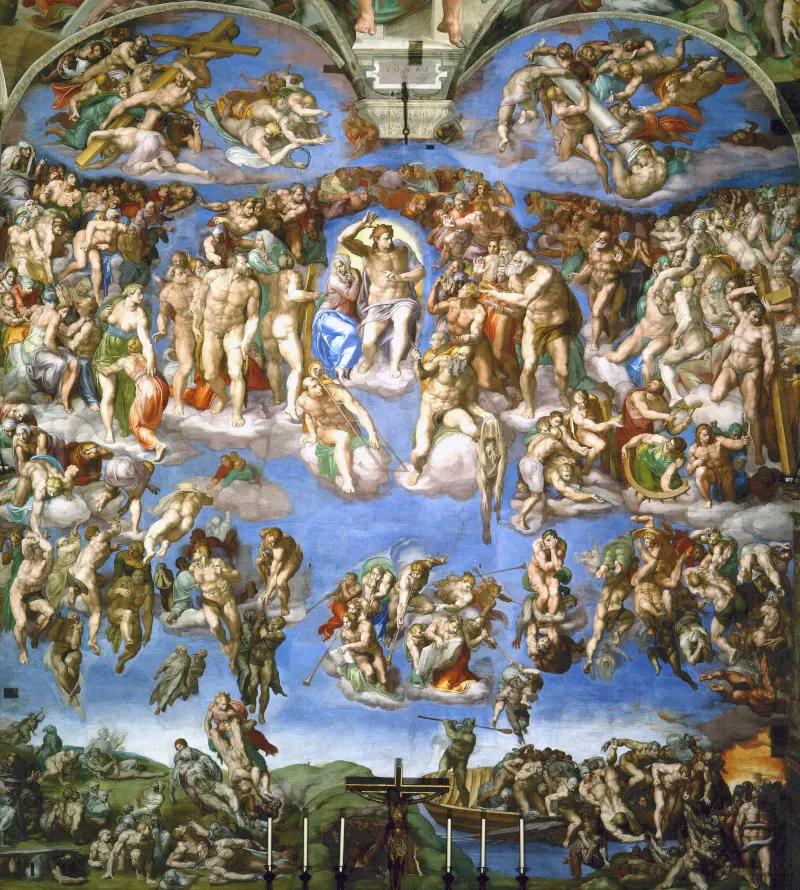 Famous Renaissance Artist - Michelangelo
Famous Renaissance Artist - Michelangelo
Raphael
Despite having only a short career, Raphael's impressive oeuvre was enough to establish him as one of the three great Italian Renaissance masters, alongside Leonardo da Vinci and Michelangelo. His artistic technique had a purity about it, and his portraits were clear in thought and execution. He may not have been as innovative as other Renaissance artists, but the quality of his delivery was extraordinary.
The School of Athens was his most accomplished contribution, a huge mural that remains much loved today. Raphael was also a talented architect and was able to balance both disciplines alongside each other as commissions continued to be offered to him. In recent centuries there has been more respected to his artistic colleagues, due to their perceived innovations, but he still remains an important part of early 16th century art.
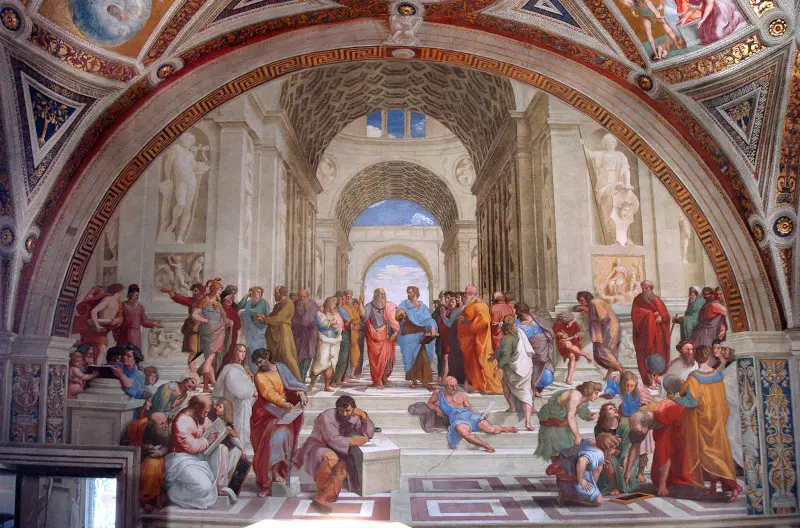 Famous Renaissance Artist - Raphael
Famous Renaissance Artist - Raphael
Titian
In a similar manner to Giotto many years earlier, Titian was highly regarded for his use of color. Titian arrived towards the end of the Renaissance era and took on many of the improvements which had already been made. Venetian by birth, the artist would help to promote this region's artistic contribution alongside a number of other significant names.
Titian's oeuvre features a healthy mix of privately commissioned portraits as well as scenes inspired by religious and mythological content. He would therefore take ideas from the past, whilst also looking to the future, with portraiture starting to become a more established genre. His style changed over the course of his long career and perhaps signalled the wider transition from 15th to 16th century art in Italy.
 Famous Renaissance Artist - Titian
Famous Renaissance Artist - Titian
Jan van Eyck
Jan van Eyck was born in the late 14th century and was one of the most important contributors to Early Netherlandish painting, which came a part of the wider Northern Renaissance. He was a gifted artist, with a precise technique and also was one of the earliest artists to use oils. He served as a court painter and covered a variety of genres in his oeuvre, including portraits and religious themes.
Ghent Altarpiece and The Arnolfini Portrait can be considered amongst the highlights of the Renaissance era, with Van Eyck famed for his attention to detail, with subtle innovations filling his paintings. Few artists from this early period have been researched as much as Van Eyck, reflecting his popularity and significance to the overall movement.
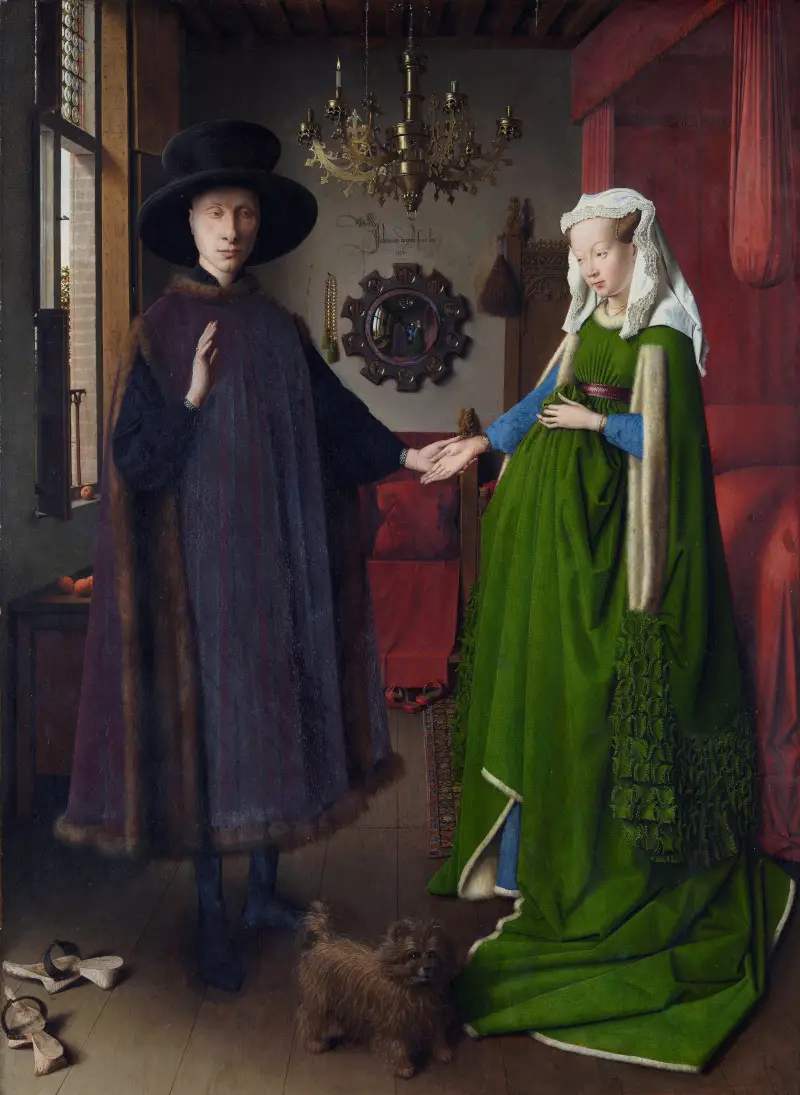 Famous Renaissance Artist - Jan van Eyck
Famous Renaissance Artist - Jan van Eyck
Hieronymus Bosch
Hieronymus Bosch was a truly unique artist, whose imagination filled his large wooden panels with mythical creatures which appeared to have crawled out of Hell. He tackled Christian themes which had existed in western art for centuries but re-imagined them in his own way, whilst incorporating bright colours that made each creation stand out and excite in equal measure.
Bosch's Garden of Earthly Delights best summarises his approach, with a series of wooden panels arranged together by metal hinges. Each artwork can stand by itself, whilst the overall presentation covers different sub-themes of an overall topic. Moral stories would appear in his work too, contrasting the realities of good and bad behaviour in dramatic style.
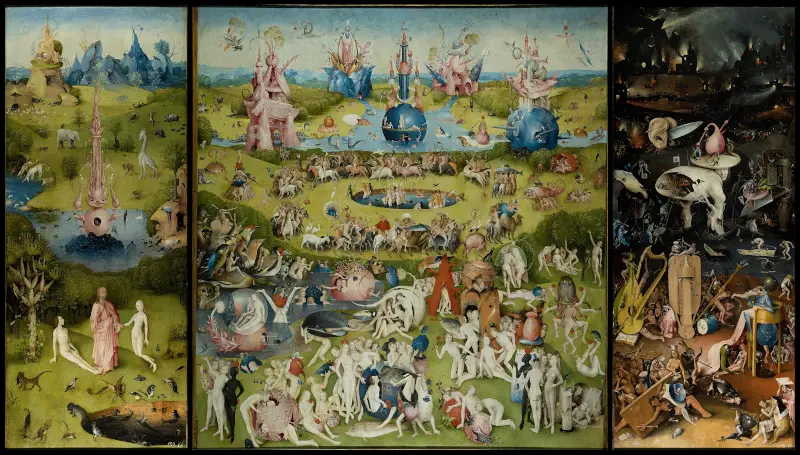 Famous Renaissance Artist - Hieronymus Bosch
Famous Renaissance Artist - Hieronymus Bosch
Albrecht Durer
Albrecht Durer was one of the most gifted technicians to be found within the Northern Renaissance. This Nuremberg-born artist became highly significant within printmaking, and produced etchings of a standard that had never been seen before. The rise of printing took art into lower levels of society for the first time and was one of the major achievements of the Renaissance era, with further advances following on in later centuries.
Durer loved to study botany and could replicate animals and nature in impressive detail, sometimes making use of watercolours, and sometimes oils. He took on religious themes in his engravings and also completed a number of brightly-coloured portraits for a variety of commissioning donors. He is perhaps most famous for his Melancholia I, as well as a silverpoint drawing known simply as Praying Hands.
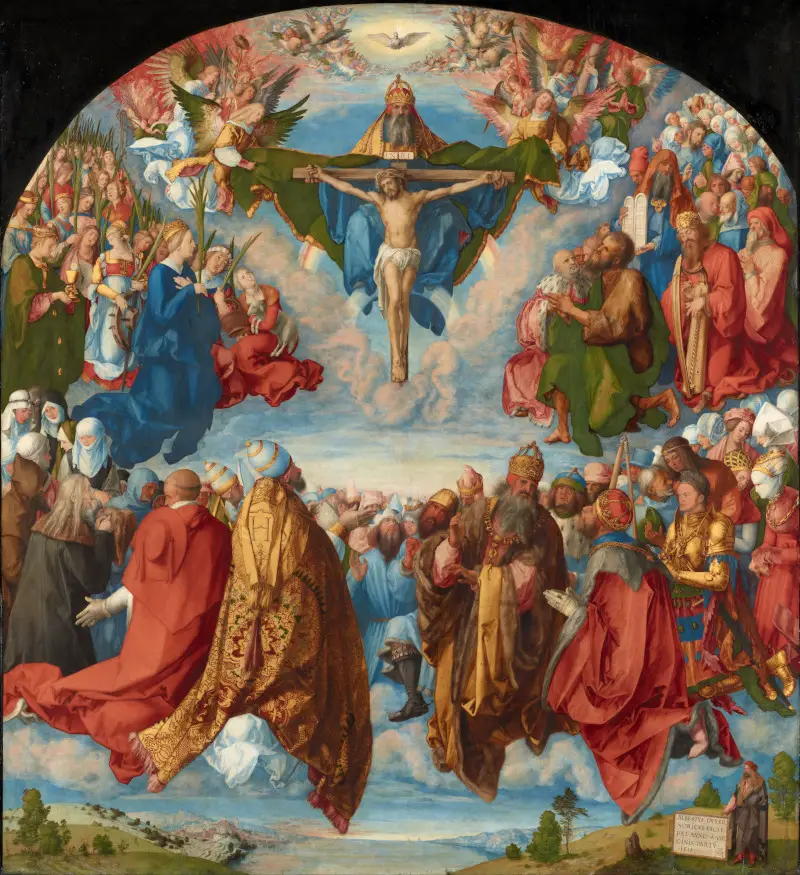 Famous Renaissance Artist - Albrecht Durer
Famous Renaissance Artist - Albrecht Durer
Pieter Bruegel the Elder
Pieter Bruegel the Elder provided an insight into the lives of the working poor and peasantry, who had rarely featured in art up to that point. He was a skilled landscape painter who would decorate his scenes with energetic figures who would laugh, play and work right across his paintings. There would also be wedding scenes and parties as a more positive angle of the lower level of society started to emerge.
Much of his impact would be felt in, and built upon, with the Dutch Golden Age. Similar to Durer, Bruegel would also become involved in print making which gained considerable momentum during the Northern Renaissance and would start to offer artists an additional means of income, once they had mastered the ability to engrave their original paintings.
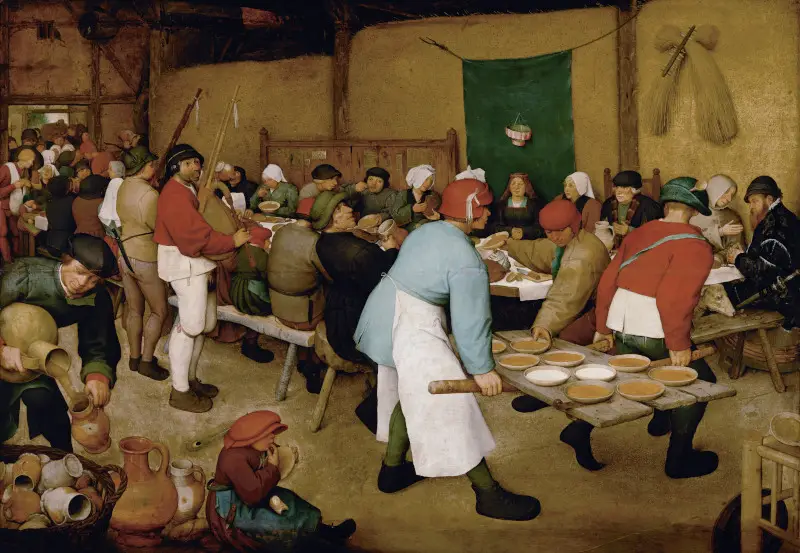 Famous Renaissance Artist - Pieter Bruegel the Elder
Famous Renaissance Artist - Pieter Bruegel the Elder
Technical Innovations in the Renaissance Era
Many important technical innovations appeared within the Renaissance era, some of which would spread between different disciplines. One of the most exciting was the use of linear perspective, which essentially allowed visual artists to accurately depict perspective within two dimensional works for the first time. Medieval art was filled with flat, unrealistic backgrounds and whilst charming, they could never be considered accurate.
There was also a rise in the use of oils within painting, replacing egg tempera which had previously dominated. This brought a greater flexibility to the working practices of artists and also allowed more complex work, with brighter palettes. The cultural exchange between Italy and Northern Europe spread this idea quickly, and soon Italians would start to see the benefits. The full span of the Renaissance era covers this transition, with its early members prefering tempera.
In sculpture we would find more emotion starting to creep in. The likes of Donatello and Michelangelo would stretch this art form to as far as it could conceivably go. They would also benefit from their intensive observation of the human anatomy, which improved accuracy in sculpture, just as it had done with painting.
 Technical Innovations in the Renaissance Era
Technical Innovations in the Renaissance Era
Techniques and Materials: The Tools of Renaissance Artists
Many changes occurred with the materials used by artists during the Renaissance. These changes impacted both the tools that were used to apply the medium, but also the source of the medium itself. Minerals, plants, and insects were used to source different pigments and this brought interesting colours onto the palette such as vermilion, lead white, ultramarine, and ochre.
The new oils, originally promoted by members of the Northern Renaissance, would bring brighter, more luminous colours to painting and quickly drew favour in Italy as well. Artists also experimented with different types of wood on which they would apply their work, finding strengths and weaknesses between different trees. Drawing saw similar experimentations with all manner of chalk, pen and ink appearing.
Art within the Italian Renaissance
With so many advancements appearing across the Renaissance in Italy alone, many experts have categorised the era into three specific periods. The High Renaissance era came towards the end, and marked the pinnacle of artistic achievement, with the earlier two stages serving as essential parts of the transition away from medieval art.
Proto Renaissance Artists
Giotto was perhaps the star of the Proto Renaissance, with other notable contributions coming from the likes of Masaccio, Cimabue and Duccio. In sculpture, we also saw the likes of Pisano, and movements would be made towards a new way of working. Perspective, facial depictions and all manner of other advancements had now begun.
Early Renaissance Artists
The Early Renaissance was led by the students of the Proto Renaissance, including Donatello and Brunelleschi.The likes of Sandro Botticelli, Pietro Perugino and Domenico Ghirlandaio were all starting to appear and Florence itself was building a reputation from which it would soon lead the entire Renaissance movement. At this stage, it is fair to say that the evolution of art was still in its early stages and it would take the arrival of the great masters to really take Renaissance art to the next level.
High Renaissance Artists
Here we would see the likes of Da Vinci, Michelangelo and Raphael reach the heights which allowed the Renaissance era to become so famous and influential. They had honed their own skills over decades, and learnt from the artists of the previous periods. Art had now been widened to allow different genres to be used, and techniques had improved the qualities of painting and sculpture.
The Stars of the Northern Renaissance
There was a rich array of talent to be found within the Northern Renaissance, even though the movement is often overshadowed by the achievements of their Italian counterparts. Having brought about the rise in the use of oils, these talented artists would also help to bring about the techniques of printmaking. A good number created etchings of their paintings which could then be widely dispersed in cheap, printed forms.
The likes of Durer and Bruegel took their skills into engraved prints, allowing poorer parts of society to learn more about and enjoy art for the first time. Previously they would only have come into contact with art within a religious setting. There was also a rise in landscape art, as it started to be treated as a standalone genre for the first time. In order to reach the levels of popularity that it enjoys today, landscape art would require several more iterations during the Romanticist and Impressionist movements which followed on later.
The Renaissance Workshop: Collaborative Creation of Artworks
Much of the reason for the continued success of Renaissance artists within Italy over an extended period of several centuries was due to the Renaissance workshops, where masters would pass on their technical knowledge to the next generation of artists. There would also be specific schools of teaching in different regions which led to styles varying across the country, with each region being remembered for certain artistic characteristics.
The nature of the commissions found in the Renaissance era also required large amounts of labour in some cases, most often when large religious institutions required huge murals. An established studio would be well placed to take on these requests, with the skilled assistants completing most of the more mundane tasks, and allowing the master to lead the overall project as well as designing the central parts of each composition.
Many of these assistants would be young and inexperienced, and use this process to learn their trade, before potentially becoming the master themselves in later years. In order for this process to work, the assistants would have to agree to paint in a similar manner to the master in order to ensure a consistent finish to each fresco, but once they were in charge they might be able to change the artistic direction somewhat themselves.
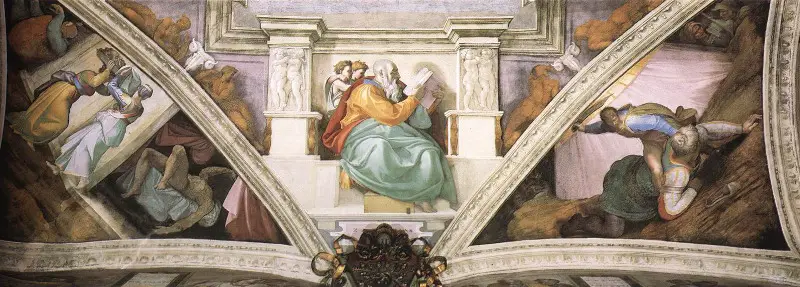 The Renaissance Workshop - Collaborative Creation of Artworks
The Renaissance Workshop - Collaborative Creation of Artworks
The Role of Patronage: How Wealthy Families and Institutions Supported Renaissance Art
Italy became a competitive environment for the arts during the Renaissance, with notable families such as the Medici in Florence, the Sforza in Milan, and the Papal Court in Rome all using art to promote their own interests. The country was divided at this time into different provinces and kingdoms, and art was used to promote each region.
The ruling powers hoped to build the largest, grandest architecture, and fill these buildings with the best paintings and sculptures known to man. The most famous artists would therefore be in great demand, allowing them to build up large studios and take on work all across the country. The relative financial security that some artists enjoyed also gave them a freedom to experiment, which brought a level of innovation to the Renaissance era.
The variety of donors, including church figures as well as wealthy families, also allowed new genres to appear within western art, rather than Christian themes continuing to dominate almost exclusively. Leonardo's oeuvre, for example, shows privately commissioned portraits as well as larger items for religious institutions, bringing an exciting variety to his career.
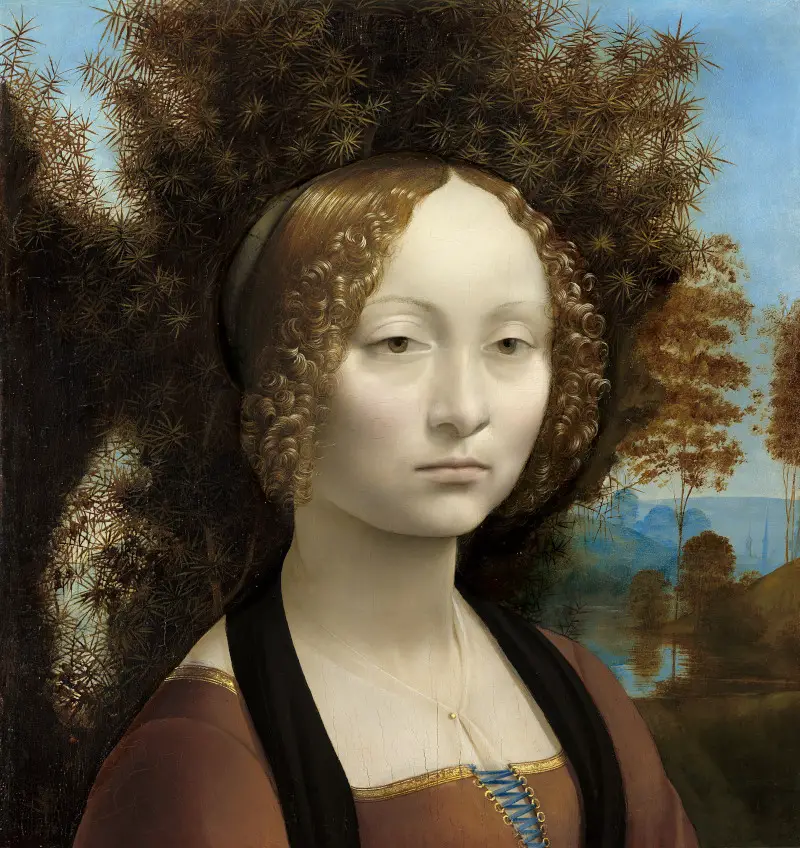 The Role of Patronage - How Wealthy Families and Institutions Supported Renaissance Art
The Role of Patronage - How Wealthy Families and Institutions Supported Renaissance Art
Religious Art in the Renaissance: The Influence of the Church
THe Catholic Church held a huge influence on life in Italy during the Renaissance era, and whilst other donors would start to appear during the 15th and 16th century, it was still religious institutions who offered most of the biggest commissions. They would inevitably task artists with producing religious scenes for their many churches and chapels, which in itself provided considerable amounts of work.
Their intention was to encourage their followers to connect with the themes of Christianity through the use of visual cues hung around them whilst in prayer. To see a visual representation could help the words of scripture to come alive, keeping faith strong within their region. Levels of literacy were lower than they are today, and so the art could help to instill moral lessons for those who struggled to read.
Some of the concepts of Christian teaching are also difficult to fully understand, with art offering an alternative method of discovery that some would find more easy to grasp. Additionally, some of the Renaissance artists were so skilled that their breathtaking work would serve as further evidence as to the strength of faith, lifting emotions within the church.
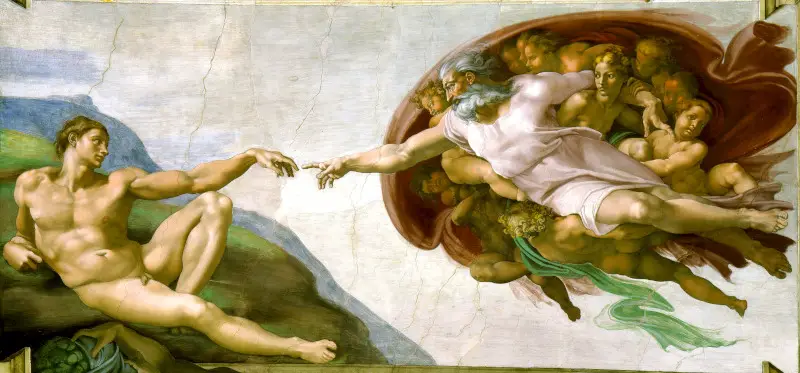 Religious Art in the Renaissance - The Influence of the Church
Religious Art in the Renaissance - The Influence of the Church
Classical Mythology and Renaissance Art: How Ancient Myths Inspired Artists
Sandro Botticelli's The Birth of Venus and Primavera provide some of the best examples of how ancient mythology would inspire Renaissance art, whilst Titian would also famously use similar themes for his work. Classical mythology made a return during the Italian Renaissance, and also impacted architecture as well as the visual arts.
Part of this inspiration came from a renewed interest in texts from ancient times, with the works of Homer, Ovid, and Virgil being studied intently during the Renaissance. Artists would start to use symbolism within art, and also found that mythological tales brought many exciting emotions into their work such as love, betrayal, heroism, and the struggle between good and evil. They were also free to use these ideas in creative ways, where as religious themes may offer less flexibility.
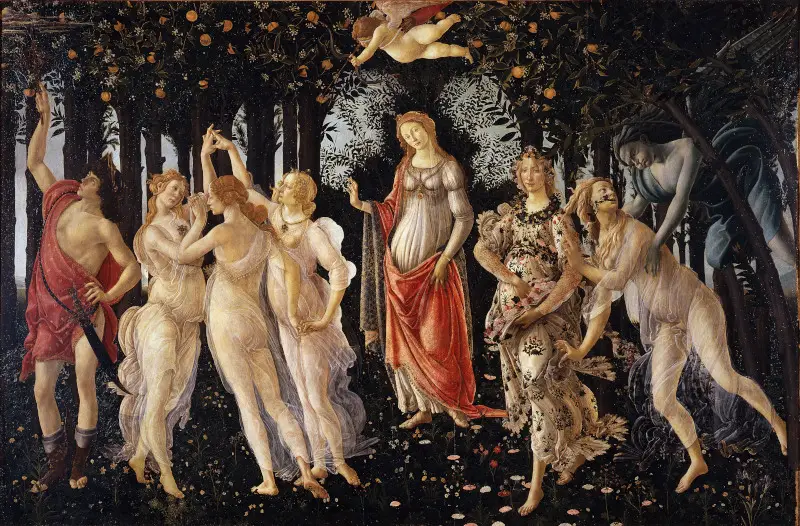 Classical Mythology and Renaissance Art - How Ancient Myths Inspired Artists
Classical Mythology and Renaissance Art - How Ancient Myths Inspired Artists
Portraiture in the Renaissance: Capturing Personality and Character on Canvas
Renaissance portraits were more accurate and also far more abundant than had been seen in the Middle Ages. The likes of Leonardo and Michelangelo would go to extreme lengths to study the human body and this allowed them to achieve incredibly realistic results. Their drawings continue to be lauded, and it was in those that their abilities were honed. This knowledge would then be translated into paintings and sculptures of the highest quality.
Patrons soon realised that they could boost their own image, even after death, by choosing the best portrait painters. In the age before photography and mass media, a well crafted portrait could establish one's status for centuries to come and this ensured the likes of Titian and Hans Holbein received many requests for sittings.
Art would also start to move away from being exclusively for the elites, with middle class customers requiring their own portraits for the first time. This transition was only just beginning at this point, though advancements in the printing process later on would speed things up considerably.
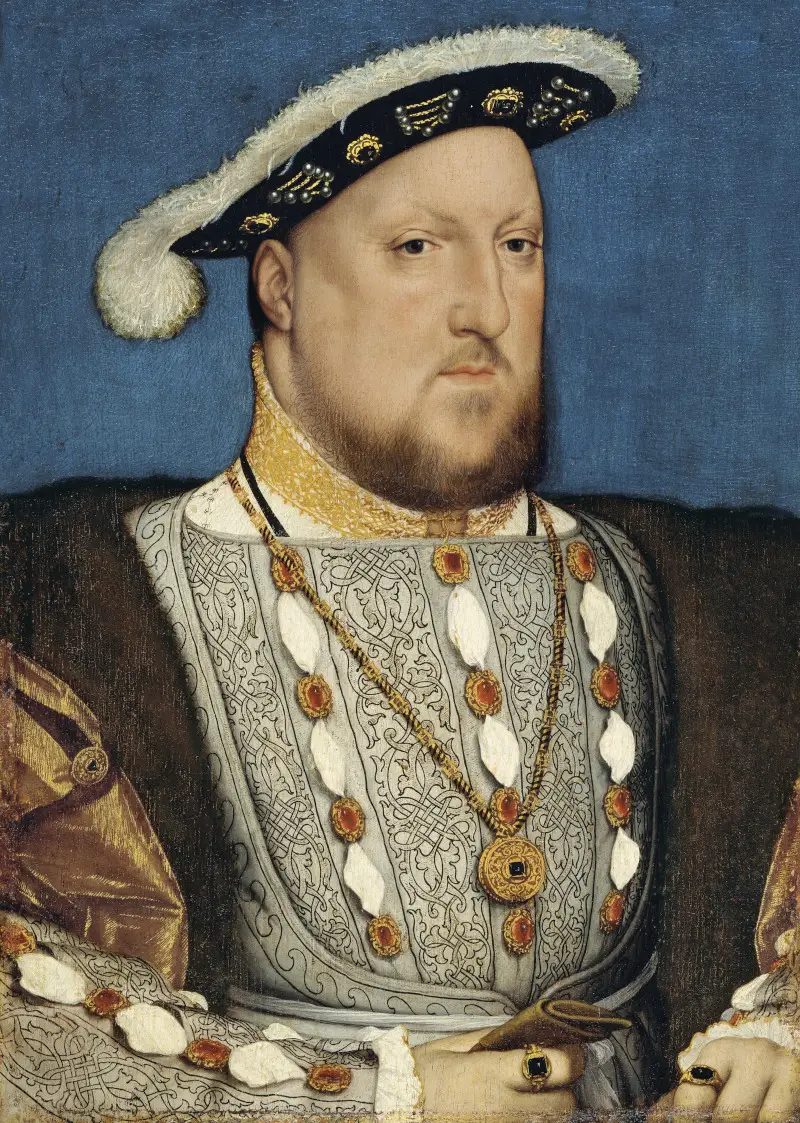 Portraiture in the Renaissance - Capturing Personality and Character on Canvas
Portraiture in the Renaissance - Capturing Personality and Character on Canvas
Conclusion on the Legacy of the Renaissance and how Renaissance Art Continues to Inspire and Influence Artists Today
Renaissance art represents a pinnacle in technique, but also the start of a transition to the modern art styles of today. Many artistic genres would make considerable developments during the Renaissance era, with perhaps portraiture being the most transformed. There would also be a widening of content, where more styles would start to appear, and also a greater breadth in those commissioning these exciting projects.
Despite many centuries having passed since, there remains an acceptance of the brilliance of the Renaissance era, with Italy generally being understood to have been the central hub of this movement. Art became closer to the natural world, and reality itself during this era, with observation skills being far more important as artists attempted to recreate what they could see with their own eyes.
In order to achieve this greater precision and accuracy, new techniques would be introduced, and existing ones would be further honed. Oils became a major part of this, encouraged by the Northern Renaissance artists, and bringing brighter colours with a more subtle use of layering to achieve near photo quality finishes. In conclusion, all of the great movements that followed, such as Impressionism and Expressionism could not have been achieved without the Renaissance era.



